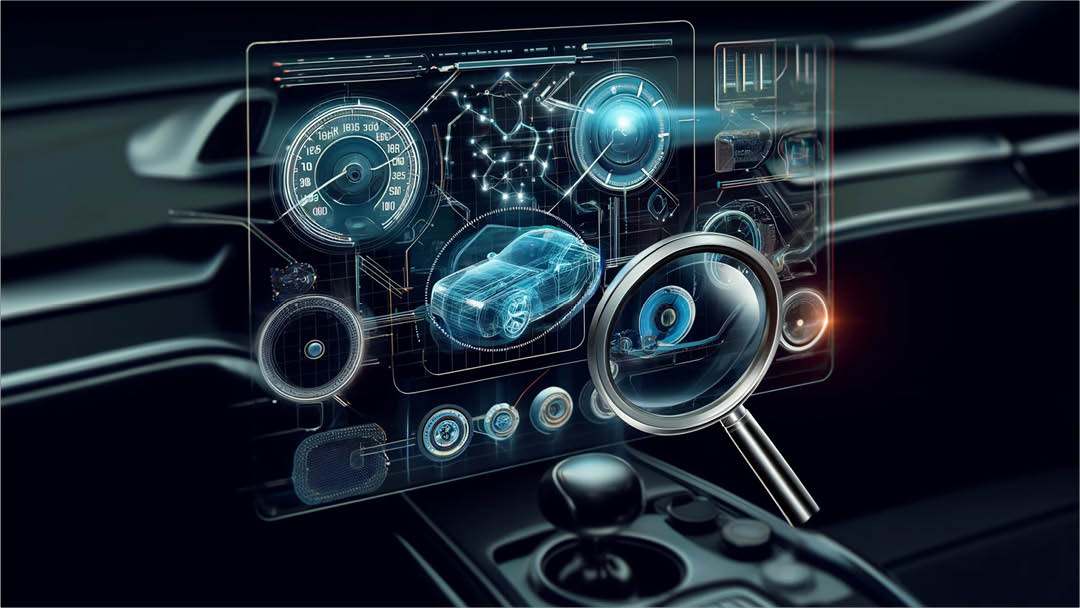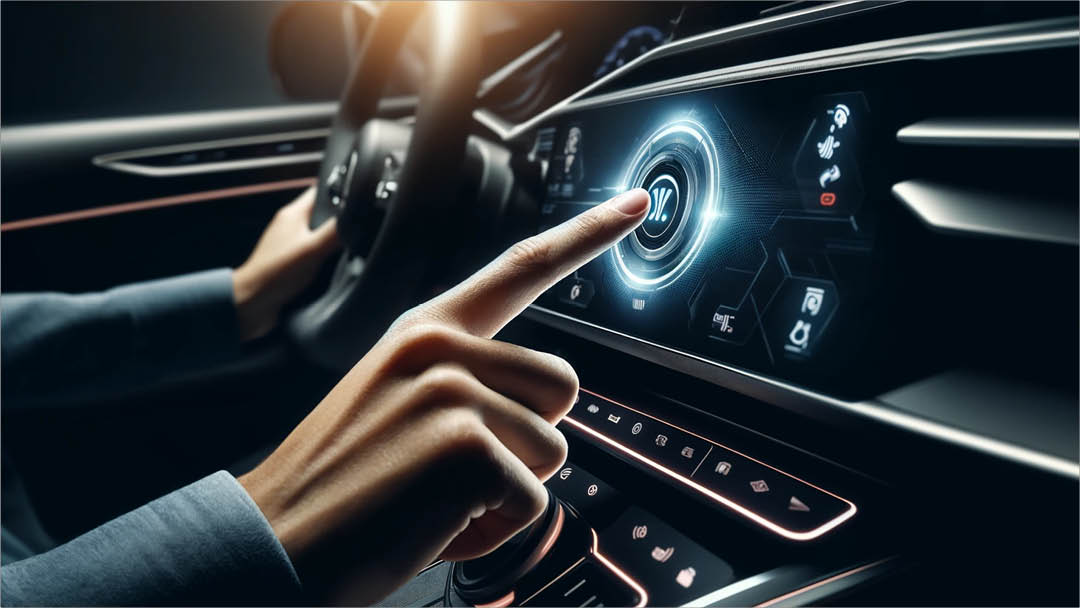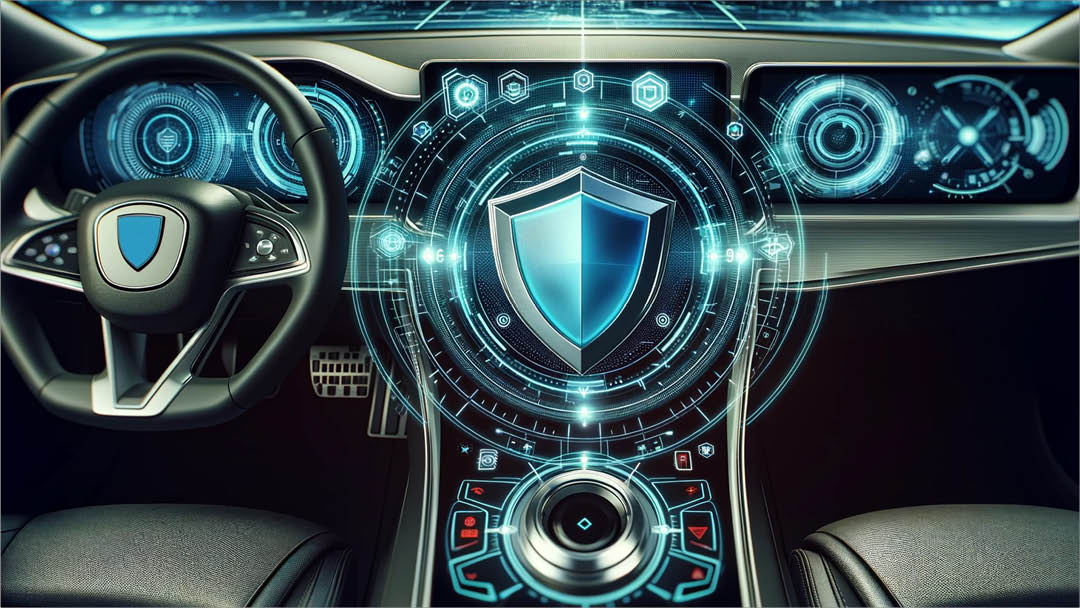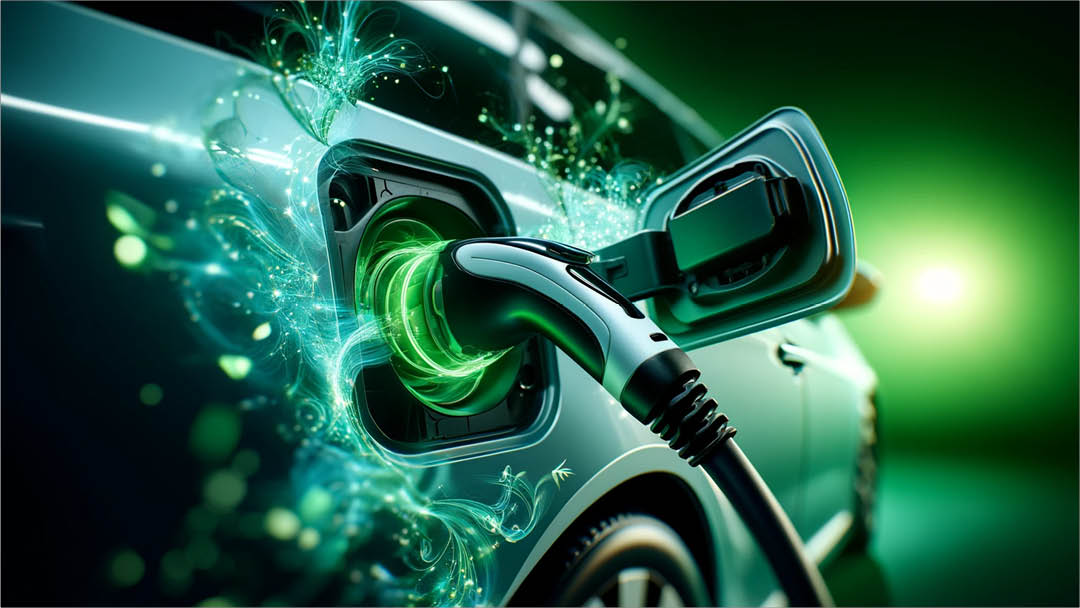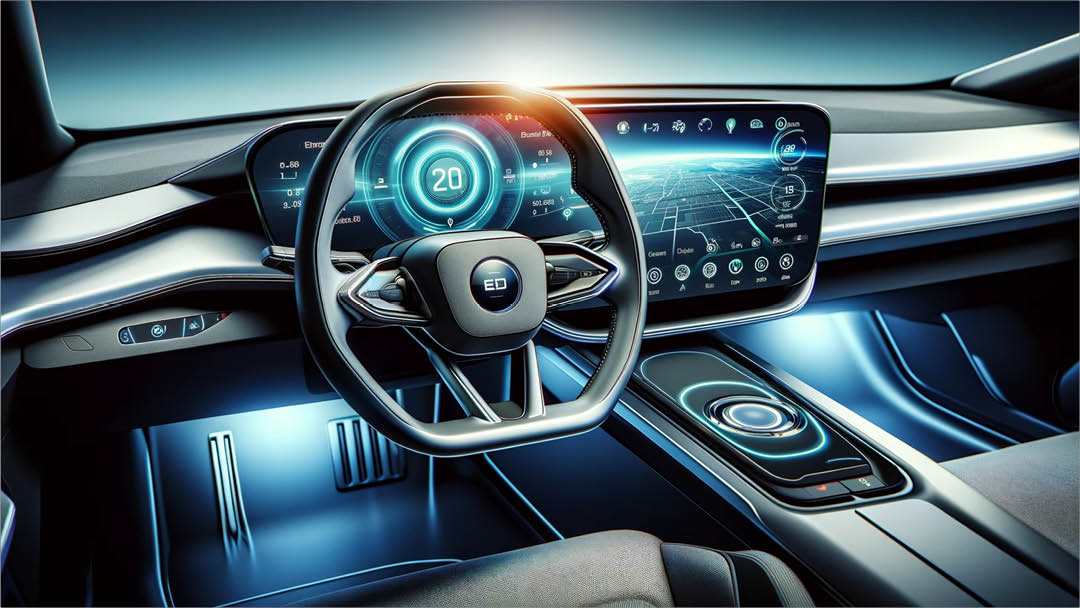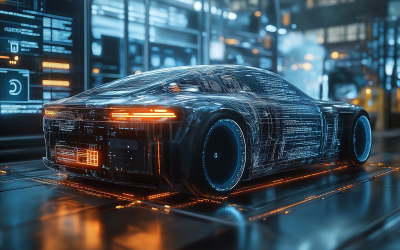In Brief
- The Human-Machine Interface (HMI) is a critical component in the software-defined vehicle (SDV) landscape, mediating the interaction between the driver and the vehicle’s complex systems.
- Acsia Technologies employs a rigorous, multi-disciplinary approach to HMI development, aligning with automotive industry standards like AUTOSAR and ISO 26262 to ensure safety, reliability, and user-centric design.
- This article delves into the technical challenges and solutions in crafting intuitive and responsive HMIs for the digital cockpit.
The automotive industry is experiencing a paradigm shift as software becomes increasingly central to vehicle functionality and user experience. The digital cockpit, a convergence of displays, sensors, and software, is a prime example of this transformation. As the complexity of in-vehicle systems grows, the role of the Human-Machine Interface (HMI) becomes even more crucial. Acsia Technologies, a leader in automotive software solutions, is committed to engineering HMIs that not only delight drivers but also meet the stringent requirements of safety, reliability, and performance.
The Technical Landscape of Modern HMIs
Today’s HMIs are far more sophisticated than the basic controls of yesteryear. They encompass a wide range of technologies:
- High-Resolution Touchscreens: Capacitive touchscreens with high pixel densities are now standard, offering a responsive and visually rich interface. Multi-touch gestures and haptic feedback enhance the user experience.
- Natural Language Processing (NLP) and Voice Recognition: Voice assistants, powered by advanced NLP and machine learning algorithms, allow for intuitive, hands-free interaction with the cockpit.
- Gesture Recognition: Systems utilizing infrared or time-of-flight (ToF) sensors are emerging, enabling touchless control of various functions, such as volume adjustment or menu navigation.
- Haptic Feedback: Haptic actuators provide tactile feedback, adding a dimension of confirmation and guidance to user interactions, especially when the driver’s eyes are on the road.
Engineering Challenges and Solutions
Developing a cutting-edge HMI for the digital cockpit involves addressing several key challenges:
- Software Architecture: A modular, scalable architecture is essential to accommodate the growing complexity of HMI functions. Acsia leverages industry-standard frameworks like AUTOSAR, which provide a structured approach for managing software components, interfaces, and communication protocols.
- Real-Time Performance: Critical HMI functions, such as displaying vital vehicle information or responding to driver input, require real-time performance to ensure safety and responsiveness. Acsia employs real-time operating systems (RTOS) and optimized software design to meet these demands.
- Graphics and UI/UX Design: A visually appealing and intuitive UI/UX is crucial for a positive user experience. Acsia’s team of designers and engineers collaborate closely to create interfaces that are both aesthetically pleasing and easy to use, adhering to human factors principles and minimizing driver distraction.
- Integration of Diverse Technologies: Modern cockpits integrate a wide range of sensors, actuators, and communication protocols. Acsia ensures seamless integration of these disparate elements, leveraging their expertise in both hardware and software integration.
- Functional Safety and Cybersecurity: As HMIs become more interconnected with vehicle systems, ensuring their safety and security is paramount. Acsia adheres to rigorous functional safety standards like ISO 26262 and implements robust cybersecurity measures to protect against potential threats.
Acsia’s Technical Approach
Acsia Technologies employs a holistic approach to HMI development:
- Agile Development: Our agile methodologies enable rapid prototyping and iterative feedback loops, ensuring that user needs are met throughout the development process.
- Model-Based Design: By creating models of the HMI system’s behaviour, we can simulate and validate its functionality early on, identifying and addressing potential issues before they escalate.
- Continuous Integration and Testing: We implement automated testing throughout the development cycle, including unit, integration, and system-level tests, to guarantee the quality and reliability of our HMI software.
Designing intuitive and reliable HMIs for the digital cockpit is a complex endeavour. Partner with Acsia Technologies to leverage our deep expertise in automotive software development, UI/UX design, and functional safety. Visit our website to learn more about how we can help you create a digital cockpit that exceeds expectations and sets new standards for in-car interaction.
